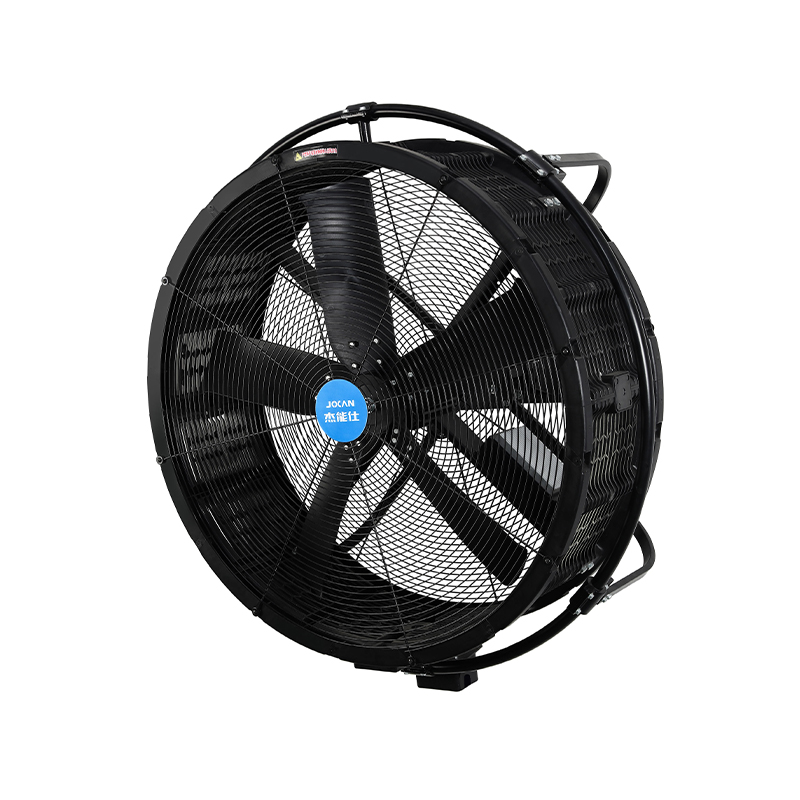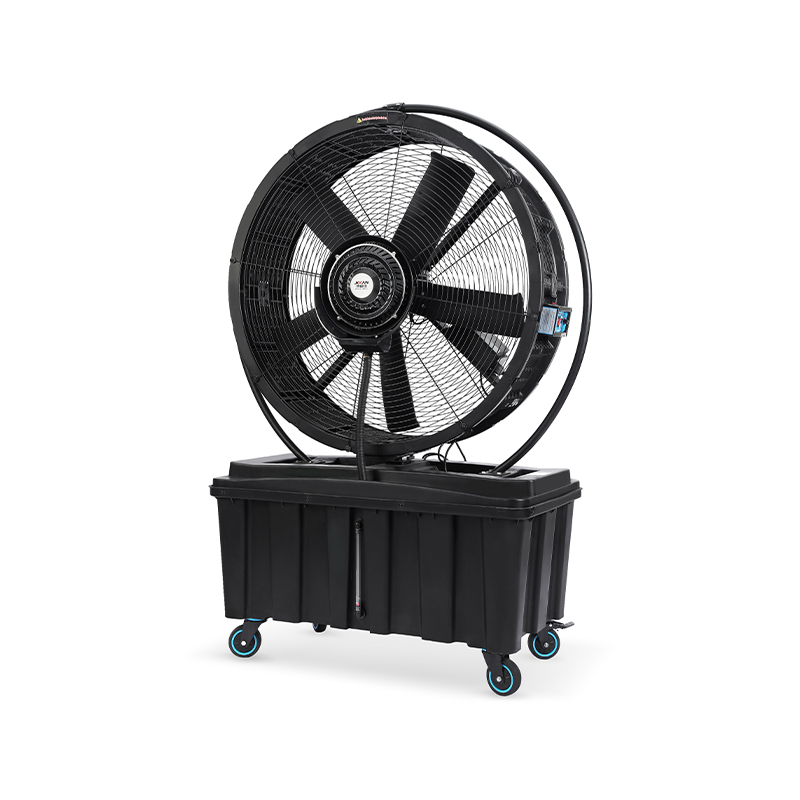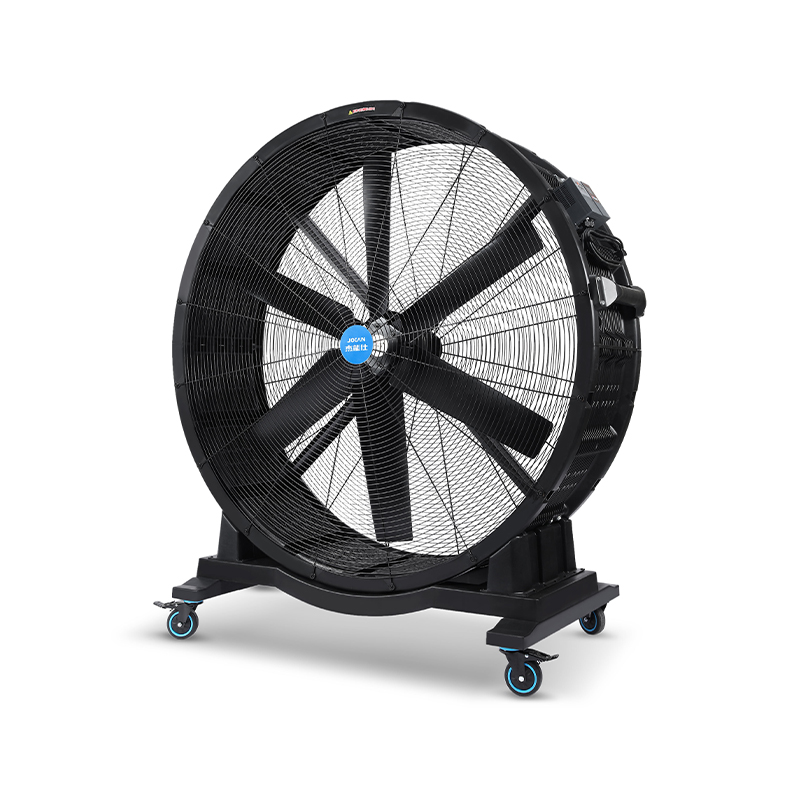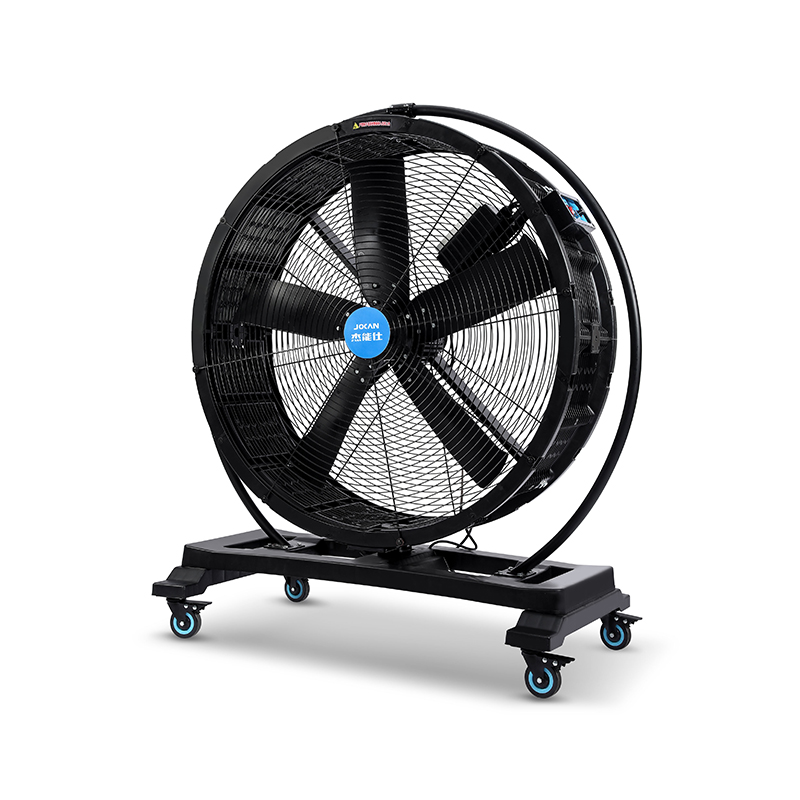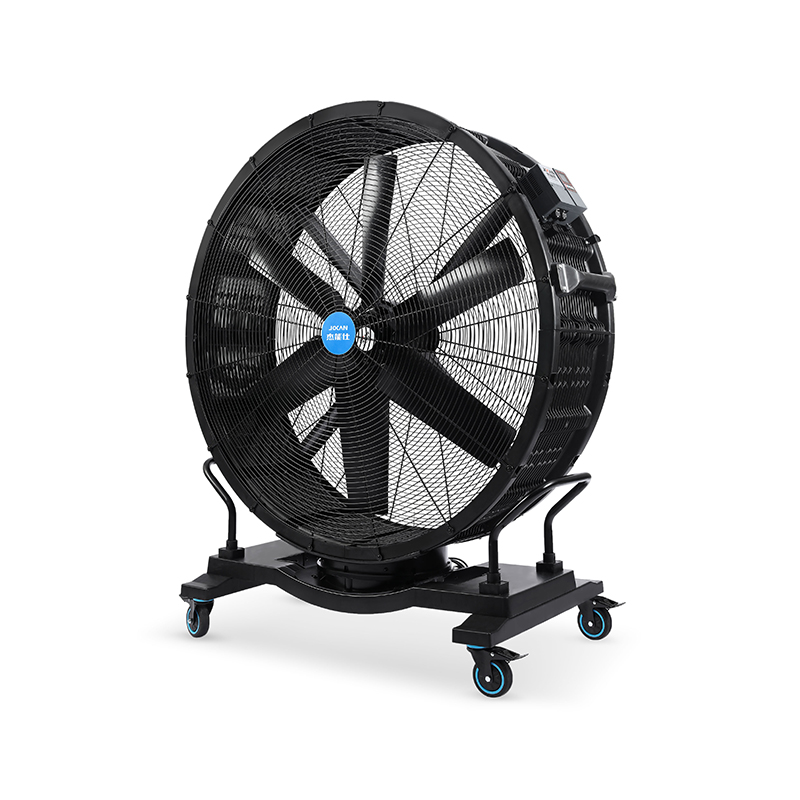This change is driven by the increasing demand for smarter, more adaptable, and energy-conscious solutions. Among the various types of equipment benefiting from this trend are energy efficient floor fans, high speed air curtains, and fresh air supply fans. These devices are evolving to include intelligent control features that enhance their performance and user experience.

Energy efficient floor fans have long been appreciated for their ability to provide steady airflow while consuming less power. With the integration of digitized control systems, these fans now offer improved precision in speed regulation and adaptability to changing environmental conditions. This means that an energy efficient floor fan can automatically adjust its output to maintain comfortable airflow levels without wasting electricity. The ability to fine-tune operation through digital interfaces also opens up new possibilities for remote monitoring and integration with building management systems.
Similarly, high speed air curtains are also embracing digital control technology. These fans play a critical role in maintaining temperature separation and preventing unwanted air exchange between spaces. By incorporating digitized controls, high speed air curtains can now respond dynamically to foot traffic patterns and external weather conditions. This level of responsiveness allows facilities to better control energy use while maintaining effective air barriers. With digitally controlled fans, operators can customize airflow speeds and schedules to align with actual building usage, avoiding unnecessary operation during low-traffic periods.
Fresh air supply fans have a distinct role in providing ventilation that introduces outside air into indoor environments. Digitization enhances their functionality by allowing precise control over airflow rates and filtration systems. Fresh air supply fans with digital control can adapt to indoor air quality measurements, increasing ventilation when pollutant levels rise and scaling back when conditions improve. This not only supports healthier indoor air but also contributes to energy savings by avoiding constant up-to output. The connection between fresh air supply fans and building automation systems means that these units can be part of a holistic approach to indoor environment management.
The shift toward digitized fan control systems brings tangible benefits in energy management. For energy efficient floor fans, this transition reduces power consumption while maintaining effective airflow. Digital controls allow fans to run only as fast as needed and to switch off when airflow is not required. This responsive operation contrasts with older models that often run at fixed speeds regardless of demand, pilot to wasted energy. As a result, facilities equipped with digitized energy efficient floor fans can expect more consistent temperature control and lower utility costs.
High speed air curtains also gain from digitized control through their ability to finely balance airflow and energy use. Because these fans form a barrier between indoor and outdoor spaces, their operation has a direct impact on heating and cooling loads. Digitized controls enable high speed air curtains to maintain this barrier with the least amount of energy necessary. They can adjust airflow intensity in real time based on sensors or manual input, preventing overuse and helping reduce the carbon footprint of the building.
Fresh air supply fans, when equipped with digitized systems, enhance indoor air quality management while supporting energy-conscious operation. The integration of sensors that detect temperature, humidity, and pollutant concentrations allows fresh air supply fans to optimize ventilation rates. This ensures that fresh air is introduced only when needed, which avoids unnecessary energy expenditure on heating or cooling outside air. The coordination between fresh air supply fans and building HVAC systems becomes smoother with digitized control, promoting balanced and sustainable operation.
Moreover, the digitization of fan control systems facilitates preventive maintenance and fault detection. Energy efficient floor fans, high speed air curtains, and fresh air supply fans can communicate their operational status in real time. This connectivity allows facility managers to identify issues early, schedule timely maintenance, and less downtime. Digital monitoring also supports data-driven decisions on fan usage patterns and energy performance improvements.
As buildings continue to adopt smart technologies, the demand for digitized fan control systems is expected to grow. Energy efficient floor fans, high speed air curtains, and fresh air supply fans that embrace these advancements will offer greater flexibility, improved performance, and cost savings. This trend aligns with global efforts to reduce energy consumption and enhance indoor environmental quality. The ongoing development of digital control options will likely bring even more sophisticated features in the near future.
In conclusion, the shift toward digitized fan control systems represents a meaningful step forward for the ventilation industry. By integrating intelligent controls into energy efficient floor fans, high speed air curtains, and fresh air supply fans, manufacturers and users benefit from enhanced operational efficiency and better environmental outcomes. This transformation contributes to smarter buildings that respond to occupant needs while managing energy use responsibly. The future of fan technology is closely tied to digital innovation, making it a key area for ongoing attention and investment.
 Add: Plot 23, Huanglang Industrial Zone, Jinqing Town, Luqiao District, Taizhou City, Zhejiang Province
Add: Plot 23, Huanglang Industrial Zone, Jinqing Town, Luqiao District, Taizhou City, Zhejiang Province
 TEL: +86-13586083215
TEL: +86-13586083215

 English
English English
English عربى
عربى 한국어
한국어


